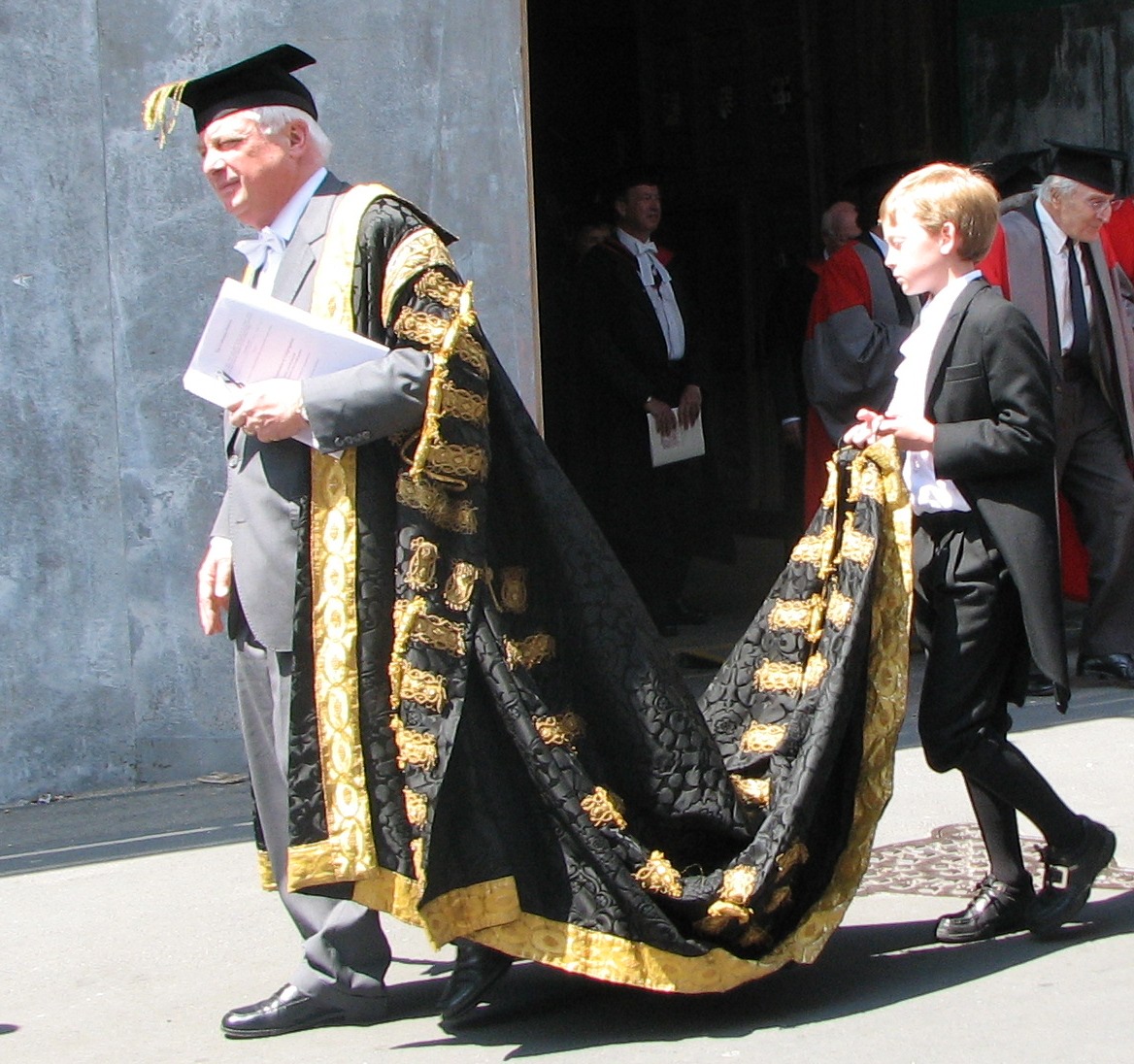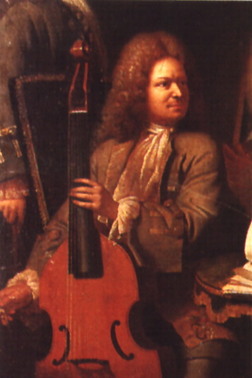|
Gabriel Expilly
Pierre Gabriel Expilly (c. 1630 – c. 1690) was a 17th-century French viol player and composer. Biography Gabriel Expilly's origin and education are unknown. The name is of Savoie origin (Savoie, Isère). Sub-Master of the Chapelle du roi His first known job was as a sub-master of the Chapelle Royale of Versailles. The death of Jean Veillot had been the occasion to renew the position of sub-master, which had been divided into quarters (trimesters). In two stages, it seems that the positions fell to Thomas Gobert, Pierre Robert, Henry Du Mont and Gabriel Expilly. For Expilly, his quarter seems to be the result of the duplication of the semiannual charge, first passed to Thomas Gobert and had been the subject of a competition in 1663, if one believes what Pierre Perrin writes in the preface to his ''Cantica pro capella regis'' (1665): ::S’il luy plaist � Louis XIVde se ressouvenir du succès qu’ont eu plusieurs de ces cantiques, lorsqu’ils ont été chantez dans sa Cha ... [...More Info...] [...Related Items...] OR: [Wikipedia] [Google] [Baidu] |
Viol
The viol (), viola da gamba (), or informally gamba, is any one of a family of bowed, fretted, and stringed instruments with hollow wooden bodies and pegboxes where the tension on the strings can be increased or decreased to adjust the pitch of each of the strings. Frets on the viol are usually made of gut, tied on the fingerboard around the instrument's neck, to enable the performer to stop the strings more cleanly. Frets improve consistency of intonation and lend the stopped notes a tone that better matches the open strings. Viols first appeared in Spain in the mid-to-late 15th century, and were most popular in the Renaissance and Baroque (1600–1750) periods. Early ancestors include the Arabic ''rebab'' and the medieval European vielle,Otterstedt, Annette. ''The Viol: History of an Instrument. ''Kassel: Barenreiter;-Verlag Karl Votterle GmbH & Co; 2002. but later, more direct possible ancestors include the Venetian ''viole'' and the 15th- and 16th-century Spanish '' vih ... [...More Info...] [...Related Items...] OR: [Wikipedia] [Google] [Baidu] |
Page (servant)
A page or page boy is traditionally a young male attendant or servant, but may also have been a messenger in the service of a nobleman. During wedding ceremonies, a page boy is often used as a symbolic attendant to carry the rings. Etymology The origin of the term is uncertain, but it may come either from the Latin ''pagus'' (servant), possibly linked to peasant, or an earlier Greek word (''pais'' = child). The medieval page In medieval times, a page was an attendant to a nobleman, a knight, a governor or a castellan. Until the age of about seven, sons of noble families would receive training in manners and basic literacy from their mothers or other female relatives. Upon reaching seven years of age, a boy would be sent to the castle, great house or other estate of another noble family. This would match the age at which apprenticeships or servants' employment would be entered into by young males from lower social classes. A young boy served as a page for about seven ... [...More Info...] [...Related Items...] OR: [Wikipedia] [Google] [Baidu] |
French Baroque Viol Players
French (french: français(e), link=no) may refer to: * Something of, from, or related to France ** French language, which originated in France, and its various dialects and accents ** French people, a nation and ethnic group identified with France ** French cuisine, cooking traditions and practices Fortnite French places Arts and media * The French (band), a British rock band * "French" (episode), a live-action episode of ''The Super Mario Bros. Super Show!'' * ''Française'' (film), 2008 * French Stewart (born 1964), American actor Other uses * French (surname), a surname (including a list of people with the name) * French (tunic), a particular type of military jacket or tunic used in the Russian Empire and Soviet Union * French's, an American brand of mustard condiment * French catheter scale, a unit of measurement of diameter * French Defence, a chess opening * French kiss, a type of kiss involving the tongue See also * France (other) * Franch, a surname * Frenc ... [...More Info...] [...Related Items...] OR: [Wikipedia] [Google] [Baidu] |
Motet
In Western classical music, a motet is mainly a vocal musical composition, of highly diverse form and style, from high medieval music to the present. The motet was one of the pre-eminent polyphonic forms of Renaissance music. According to Margaret Bent, "a piece of music in several parts with words" is as precise a definition of the motet as will serve from the 13th to the late 16th century and beyond.Margaret Bent,The Late-Medieval Motet in ''Companion to Medieval & Renaissance Music'', edited by Tess Knighton and David Fallows, 114–19 (Berkeley, California: University of California Press, 1992): 114. . The late 13th-century theorist Johannes de Grocheo believed that the motet was "not to be celebrated in the presence of common people, because they do not notice its subtlety, nor are they delighted in hearing it, but in the presence of the educated and of those who are seeking out subtleties in the arts". Etymology In the early 20th century, it was generally believed the nam ... [...More Info...] [...Related Items...] OR: [Wikipedia] [Google] [Baidu] |
Elevation (liturgy)
In Eastern and Western Christian liturgical practice, the elevation is a ritual ''raising'' of the consecrated Sacred Body and Blood of Christ during the celebration of the Eucharist. The term is applied especially to that by which, in the Catholic Roman Rite of Mass, the Sacred Body of Christ (Host) and the chalice containing the Most Precious Blood of Christ are each lifted up and shown to the congregation immediately after each is consecrated. The term may also refer to a musical work played or sung at that time. Background Some Christian liturgies have an elevation of the Blessed Sacrament, prior to the Rite of Communion, which shows the congregation, as an act of reverence, Whom they are about to receive. The Elevation was already practiced at the time of the Apostolic Constitutions. In the Byzantine Rite, this elevation takes place as the last ekphonesis, i. e. audible exclamation, by the priest before Communion. He raises the Lamb (Host) slightly above the di ... [...More Info...] [...Related Items...] OR: [Wikipedia] [Google] [Baidu] |
Antoine Forqueray
Antoine Forqueray (September 1672 – 28 June 1745) was a French composer and virtuoso of the viola da gamba. Forqueray, born in Paris, was the first in a line of composers which included his sons Jean-Baptiste (1699–1782) and Nicolas Gilles (1703–1761) as well as his brother Michel (1681–1757). Career at Versailles Forqueray's exceptional talents as a player led to his performing before Louis XIV at the age of ten. The king was so pleased with him that he arranged for Forqueray to have music lessons at his own expense and then, seven years later, in 1689, named him ''musicien ordinaire'' of ''La chambre du Roy'', a position Forqueray held until the end of his life. To supplement his official income he gave lucrative private lessons to members of the royal family and the aristocracy. In Louis XIV's later years the normal routine of concerts at the court of Versailles was augmented by Mme de Maintenon. She arranged almost daily performances in her apartments by such musician ... [...More Info...] [...Related Items...] OR: [Wikipedia] [Google] [Baidu] |
Étienne Lemoyne
Étienne, a French analog of Stephen or Steven, is a masculine given name. An archaic variant of the name, prevalent up to the mid-17th century, is Estienne. Étienne, Etienne, Ettiene or Ettienne may refer to: People Scientists and inventors *Étienne Bézout (1730–1783), French mathematician *Étienne Louis Geoffroy (1725–1810), French entomologist and pharmacist *Étienne Laspeyres (1834–1913), German professor of economics and statistics *Étienne Lenoir (1822–1900), Belgian engineer who invented the first internal combustion engine to be produced in numbers *Étienne Lenoir (instrument maker) (1744–1832), French scientific instrument maker and inventor of the repeating circle surveying instrument *Étienne Mulsant (1797–1880), French entomologist and ornithologist *Étienne Pascal (1588–1651), French lawyer, scientist and mathematician best known as the father of Blaise Pascal *Étienne Geoffroy Saint-Hilaire (1772–1844), French naturalist *Étienne Pierre V ... [...More Info...] [...Related Items...] OR: [Wikipedia] [Google] [Baidu] |
Livre Tournois
The (; ; abbreviation: ₶.) was one of numerous currencies used in medieval France, and a unit of account (i.e., a monetary unit used in accounting) used in Early Modern France. The 1262 monetary reform established the as 20 , or 80.88 grams of fine silver. The was a gold coin of one minted in large numbers from 1360. In 1549, the was decreed a unit of account, and in 1667 it officially replaced the . In 1720, the was redefined as 0.31 grams of pure gold, and in 1726, in a devaluation under Louis XV, as 4.50516 grams of fine silver. It was the basis of the revolutionary French franc of 1795, defined as 4.5 grams of fine silver exactly. Circulating currency In France, the was worth 240 deniers (the "Tours penny"). The latter were initially minted by the abbey of Saint Martin in the Touraine region of France. Soon after Philip II of France seized the counties of Anjou and Touraine in 1203 and standardized the use of the there, the began to supersede the (Paris ... [...More Info...] [...Related Items...] OR: [Wikipedia] [Google] [Baidu] |
Savoie
Savoie (; Arpitan: ''Savouè'' or ''Savouè-d'Avâl''; English: ''Savoy'' ) is a department in the Auvergne-Rhône-Alpes region, Southeastern France. Located in the French Alps, its prefecture is Chambéry. In 2019, Savoie had a population of 436,434.Populations légales 2019: 73 Savoie INSEE Together with Haute-Savoie, it is one of the two departments of the historical region of ; the was annexed by France in 1860, following the signature of the [...More Info...] [...Related Items...] OR: [Wikipedia] [Google] [Baidu] |




